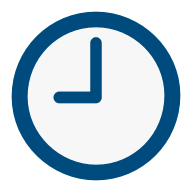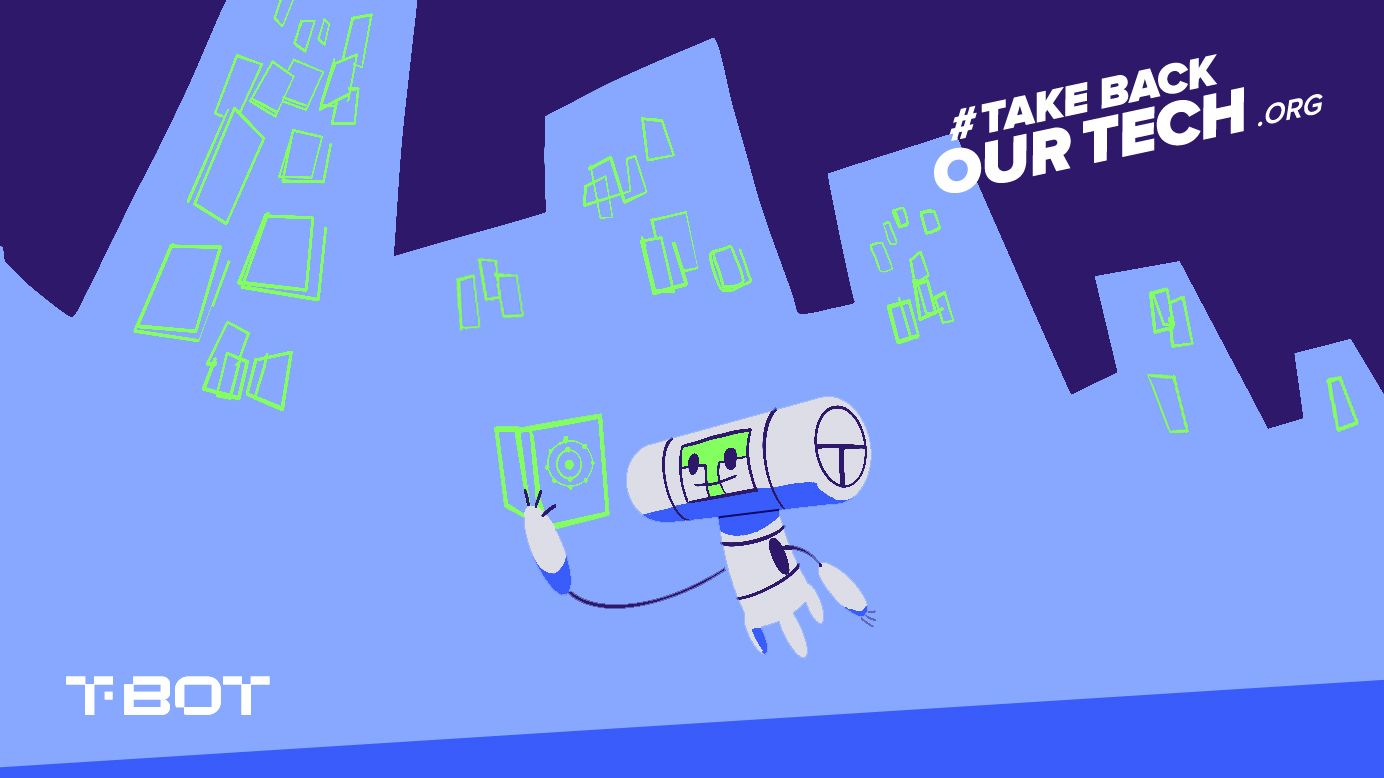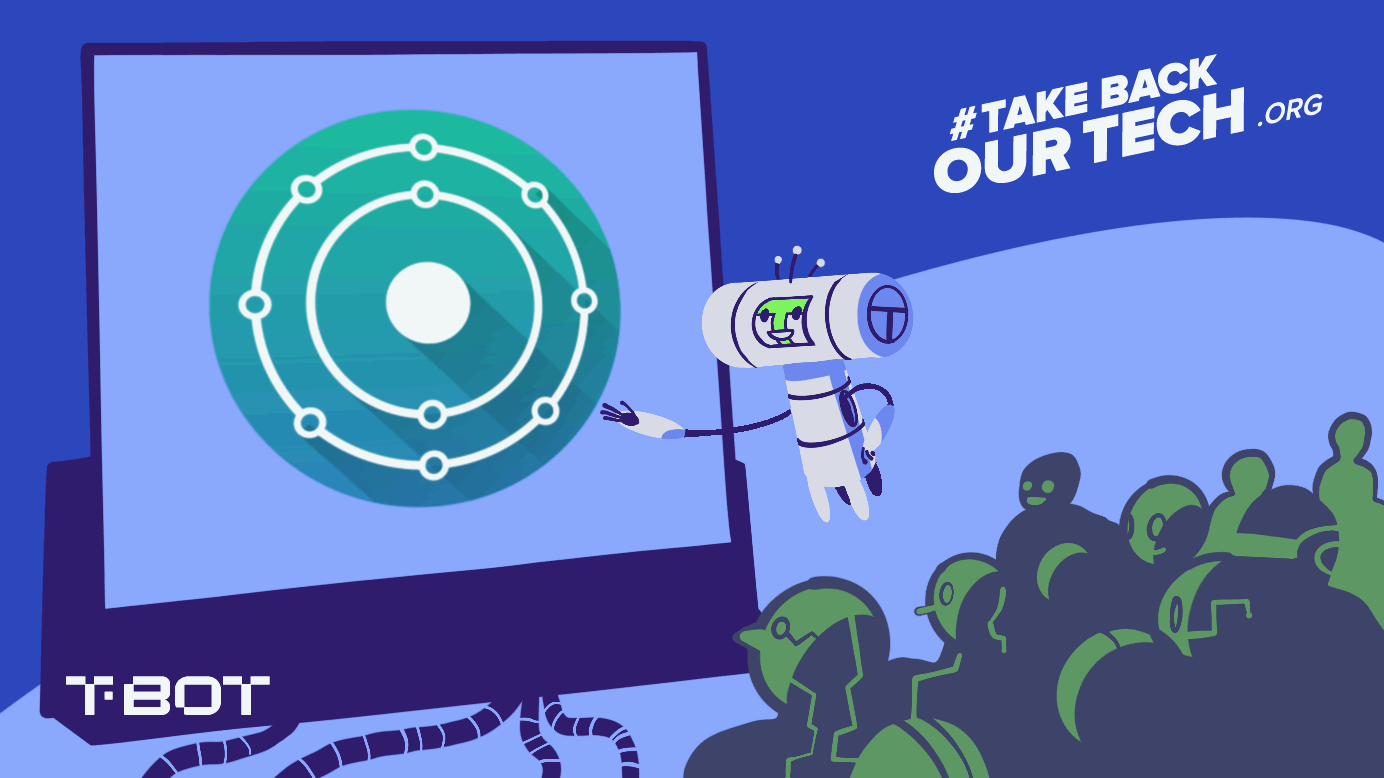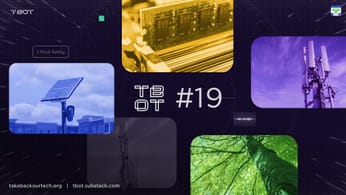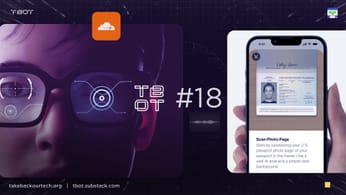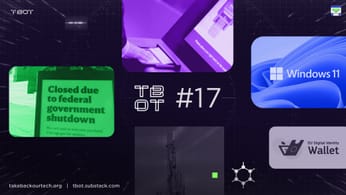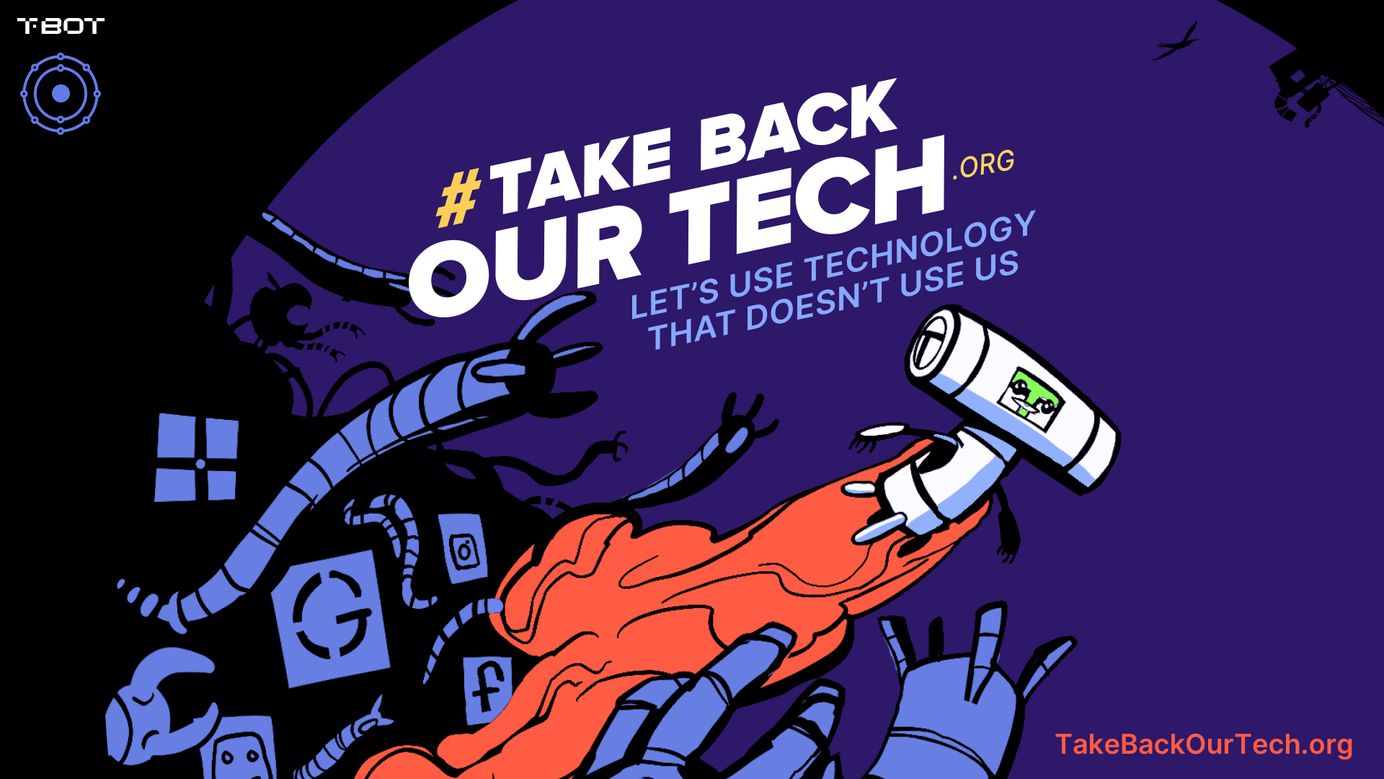
Why You Should Make The Leap to Linux
You are only one install away from enjoying open, free, reliable, and robust operating systems.
In a world where computing environments are milked to monetize, spy, and control their users, we need to turn to alternative choices in operating systems. Although major computer manufacturers would never include these platforms pre-installed on their machines, you as the user are only one install away from enjoying these open, free, reliable, and robust operating systems yourself.
Watch The Video On Odysee
What is Linux or GNU/Linux?
Most open and free operating systems today are based on the Linux operating system. The Linux operating system took flight when volunteer developers started using Linus Torvalds’ kernel along with software from the GNU project, which was working on its own operating system. The growth of Linux lead to many other operating systems being born, like Debian, which eventually forked into even more operating systems, like Ubuntu. The voluntary and community aspect of these open-source operating systems lead to massive growth and development, which continues on today.
Why should I use Linux?
There are hundreds of reasons you should use Linux, we’ve broken it down to both push & pull factors, which take us both to the same destination - Linux is better for users!
Push Factors
Let's first talk about the issues with Windows or macOS that push users towards Linux.
- Costs
Generally speaking, you will pay more for a lifetime of use for a Windows or macOS environment than Linux. This is due to a number of things including license costs, and lack of access to free & open-source software. For instance, Microsoft Windows Server 2019 costs $501 (at the time of writing), whereas a popular Linux server OS, centOS is free forever. Even though the consumer version of Windows 10 is free, users pay with their data which is monetized for marketing and advertising purposes. There also may be more data being collected and sent off to third parties. - Cannot Verify Closed Source Software
macOS and MS Windows are closed source software. This means that the companies own it, you pay for a license to use it, and you don’t get to see the code behind it to see how it works. Closed source programs often make their users abide by the terms of service. While there are stipulations/requirements to use the program and software, and continued access is not guaranteed. This means that you could lose access to your own computer or even face legal action if you break the terms of service. - Data Collection & Telemetry
Because these operating systems are closed source, there is a huge potential for abuse. It is hard to verify the claims that these companies make about their own technology. The extent of data collection through telemetry is one of these claims.
Here's an exercise that explored all the different requests Windows made to external servers even when no web applications were in use.

macOS isn't much better unfortunately, as they have become more hostile towards their users. MacOS logs a unique identifier for every app that is being run online and offline, which can not be stopped no matter what you do.
“On modern versions of macOS, you simply can’t power on your computer, launch a text editor or eBook reader, and write or read without a log of your activity being transmitted and stored,”
- Jeffrey Paul

- Bloatware
Windows comes pre-installed with extra applications not desired by users, and unnecessary to the operating system. These programs are installed because Microsoft and hardware manufacturers partner with different software providers to get attempt to promote their applications. The potential monetization is gigantic, as these software providers get their apps included on billions of machines. Check out a full list of commonly attached bloatware on this Windows10Debloater
- Malware
There are plenty of security & malware concerns with both Windows and Apple as the large majority of malware is developed for those platforms. Windows computers accounted for 83% of malware attacks.

Additionally, both Windows and macOS operating systems themselves act as malware and come with backdoors to force upgrades, remotely delete apps, or even wipe the entire machine.
Here's an example back in 2019 where Apple pushed a silent update to protect users from a Zoom webserver vulnerability. In this context, the update could be 'commended', but it still suggests Apple can push silent updates to any app in their app store without notification.

Windows 10 suffers from the same behavior and has included forced updates as part of the operating system and terms of service since 2015.
The relevant clause in the terms of service (as of Jul 17th, 2015):
Updates. The software periodically checks for system and app updates, and downloads and installs them for you. You may obtain updates only from Microsoft or authorized sources, and Microsoft may need to update your system to provide you with those updates. By accepting this agreement, you agree to receive these types of automatic updates without any additional notice.
More info on this:
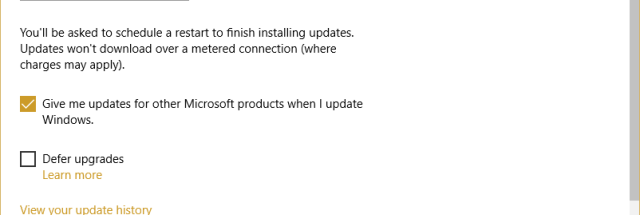
Currently, with Windows, your only options when it comes to updates is to postpone them for 7 days. Does that sound like an operating system in your control?

- Planned Obsolescence
Planned obsolesence is where electronics are designed with limited lifetimes, so that consumers will repurchase the next version of the product line when the product malfunctions. This is widely seen in the mobile industry, Apple was sued in Portugal by consumer protection agencies to defend 100,000+ users.
Recently, France launched a repairability index for electronics manufacturers, that required them to grade how repairable their devices were.
Both Microsoft and Apple scored badly, averaging at a -C rating. Not only do these devices have issues, but it is very hard to repair them yourself.
Additionally, users have spoken out on forums about their computer performance suffering after forced Windows updates.

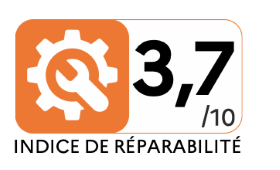

Pull Factors
Now let's talk about all the things that make Linux so great.
- Open Source
Distributions of Linux are released under an open-source license which means:
- You can run the program for any purpose
- You can study how the program works and change it
- You can redistribute copies to help others
- You can redistribute modified copies to others
This not only gives you freedom to do what you wish with the operating system, but it enables the whole world to extend, optimize, and add more features. This has lead to an infinite set of operating systems and applications that borrow and build off each other, with communities picking out the software that they like best!
-
Costs
All Linux distributions are free, with a handful of enterprise level distributions where you pay for support, not the software itself. For our purposes, all Linux OS' are free, with support gratis from the developer community that builds it. -
Security & Privacy
Linux provides more protection in its designs because of the way it handles user permissions. Your Linux user account is not given root access by default. Additionally programs and executables must be given permission to run before being executed.
Linux is more private and secure because it has a community of developers looking over and auditing updates and releases. This open-source development process has resulted in cases where the community caught the maintainers of a distribution incorporating telemetry (data collection) into the OS.
This open source transparency enabled the community to take action against them and has lead to several new operating systems forked from the same code, which revert the spying changes.
It also opened the door for other development teams to 'fork' (make their own version) of Ubuntu, and lead to privacy friendly versions of the operating system that stripped out telemetry.
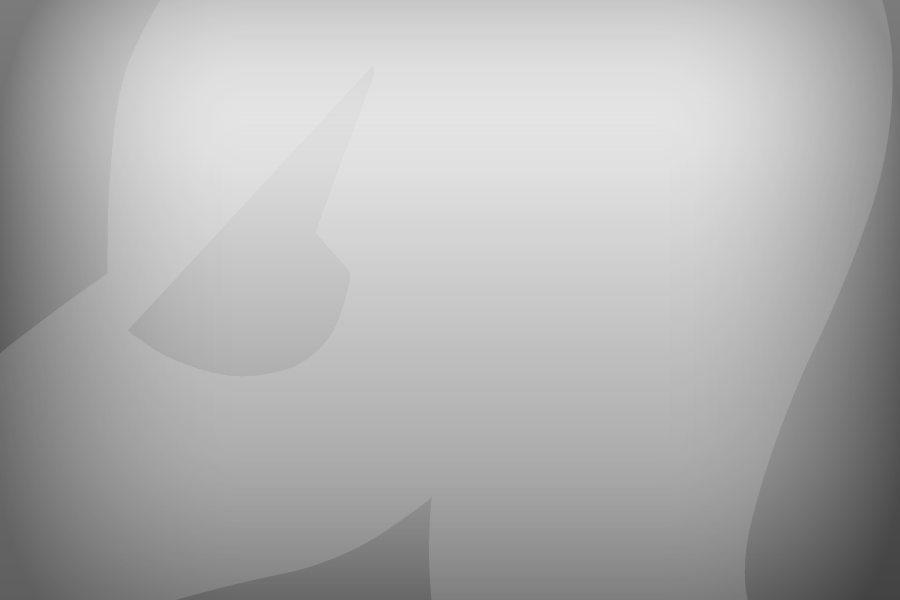
-
Stability
GNU/Linux is an extremely stable operating system, because thousands of programmers collaborate on its development. All types of hardware were tested and debugged in different situations, and with many different applications. Linux's modular design allows parts of the operating system to work independently, so that even if one part or program crashes, the rest of the system carries on. It takes hardware failure or an attack to cause the OS to crash or be out of service. -
Ecosystem
Linux has developed a beautiful eco-system of operating systems, desktop environments, and applications that all work with each other. You have the freedom to choose which software you want in your environment and can customize it to a degree unheard of on Windows and macOS computers. Future articles will showcase exactly how these open-source software applications can take care of your needs across the board no matter your use case.
Drawbacks
-
Technical investment is needed to the point where you're settled
- It has never been easier to run a Linux machine and we will provide you the resources you need to get up and running. Still, it will take critical thinking and trouble shooting to get to the point where you are comfortable with your setup. Once you reach this point, your machine will carry on its duty faithfully and without bothering you until it burns out.
- You can get to this stage by always starting with the documentation of your operating system, or learning about it in general. Proficiency with the terminal can be reached by learning about the commands and practicing.
-
You cannot run some specialized software on Linux, but there are alternatives.
- There are certain proprietary programs such as the Adobe suite that will most likely never be ported for Linux. These are usually specialized audio/video/graphics applications or games. However, Linux does have its own lineup of software that could fill the need.
-
There are some specialized hardware devices, such as printers & scanners that require proprietary drivers and aren't supported well on Linux (since most manufacturers only build their drivers to work with Windows). However, compatibility gets better every year with driverless printing, and the more we support & invest in the ecosystem, the more it will improve.
Recommendations
- If you're concerned about being able to use Linux, we recommend you install it on a secondary computer, so you can try it out alongside Windows.
- You can also purchase a machine designed to run Linux, we will be posting a list of manufacturers in a future article.
- If you're wanting to make this journey soon, we recommend you take account of all your data, backing up your important files & passwords from your current machine onto a USB drive.
Conclusion
As you can see, there is a night and day difference between how proprietary and open-source operating systems treat you. Proprietary operating systems are downright abusive locking in their captive audience to data collection, advertising, anti-features, and a level of control that would suggest that we users know any better and cannot be trusted to use the technology that we paid for.
Prove them wrong, and make the leap to Linux.
![]()
TBOT wants you to follow us on these alternative social platforms:
Official #TakeBackOurTech Community| Telegram Channel
Telegram Discussion
Odysee
Hive
Minds
Take Back Our Tech Newsletter
Join the newsletter to receive the latest updates in your inbox.






